Opto Tech
-
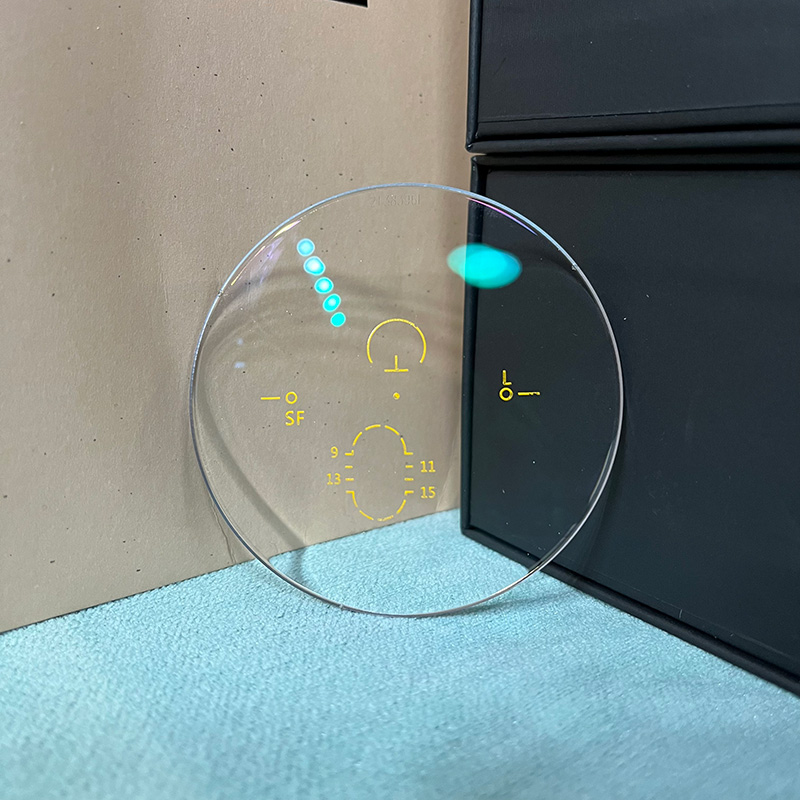
Opto Tech Mild ADD Progressive Lenses
Different eyeglasses accomplish different effects and no lens is best suited for all activities. If you do spend an extended period of time doing task specific activities, such as reading, desk work or computer work, you may need task specific glasses. Mild add lenses are intended as a primary pair replacement for patients wearing single vision lenses. These lenses are recommended for 18-40 year old myopes experiencing symptoms of tired eyes.
-
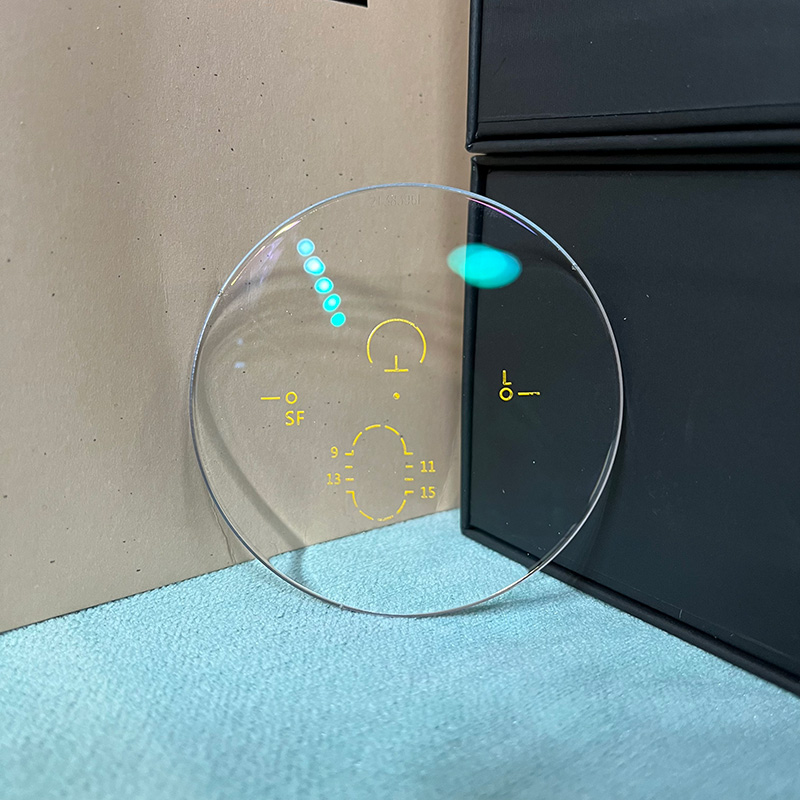
OptoTech SD Freeform Progressive Lenses
The OptoTech SD progressive lens design spreads the unwanted astigmatism across larger areas of the lens surface, thereby reducing the overall magnitude of blur at the expense of narrowing the zones of perfectly clear vision. The astigmatic error may even affect the distance zone. Consequently, softer progressive lenses generally show the following characteristics: Narrower distance zones, wider near zones, and lower, more slowly increasing levels of astigmatism (widely spaced contours). The max. amount of unwanted astigmatism is reduced to an incredible level of approx. 75% of the addition power.This design variant is partly applicable for modern working places.
-
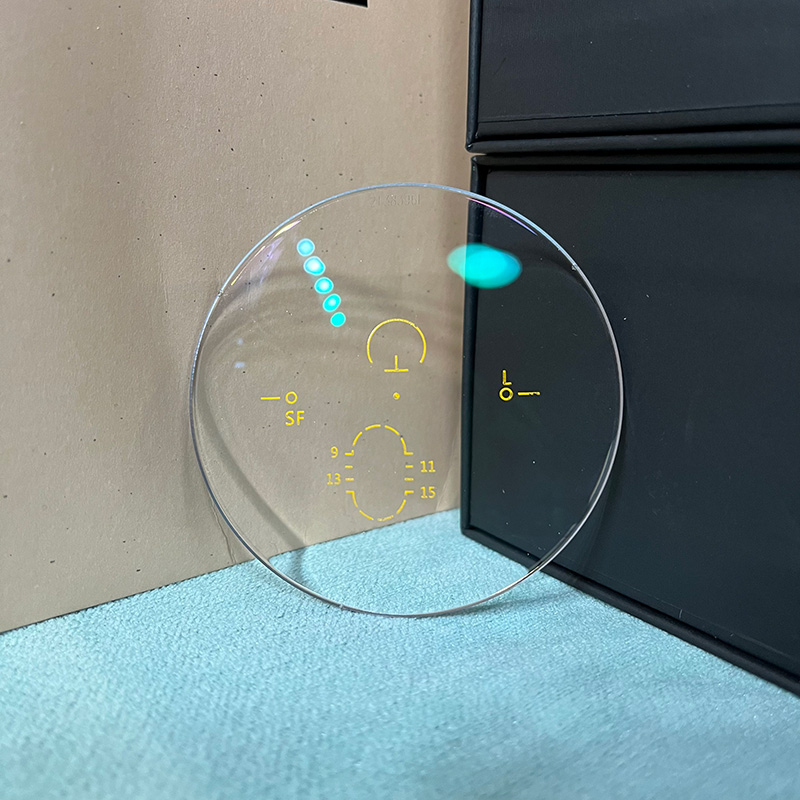
Opto Tech HD Progressive Lenses
The OptoTech HD progressive lens design concentrates the unwanted astigmatism into smaller areas of the lens surface, thereby expanding the areas of perfectly clear vision at the expense of higher levels of blur and distortion. Consequently, harder progressive lenses generally exhibit the following characteristics: wider distance zones, narrow near zones, and higher, more rapidly increasing levels of surface astigmatism (closely spaced contours).
-
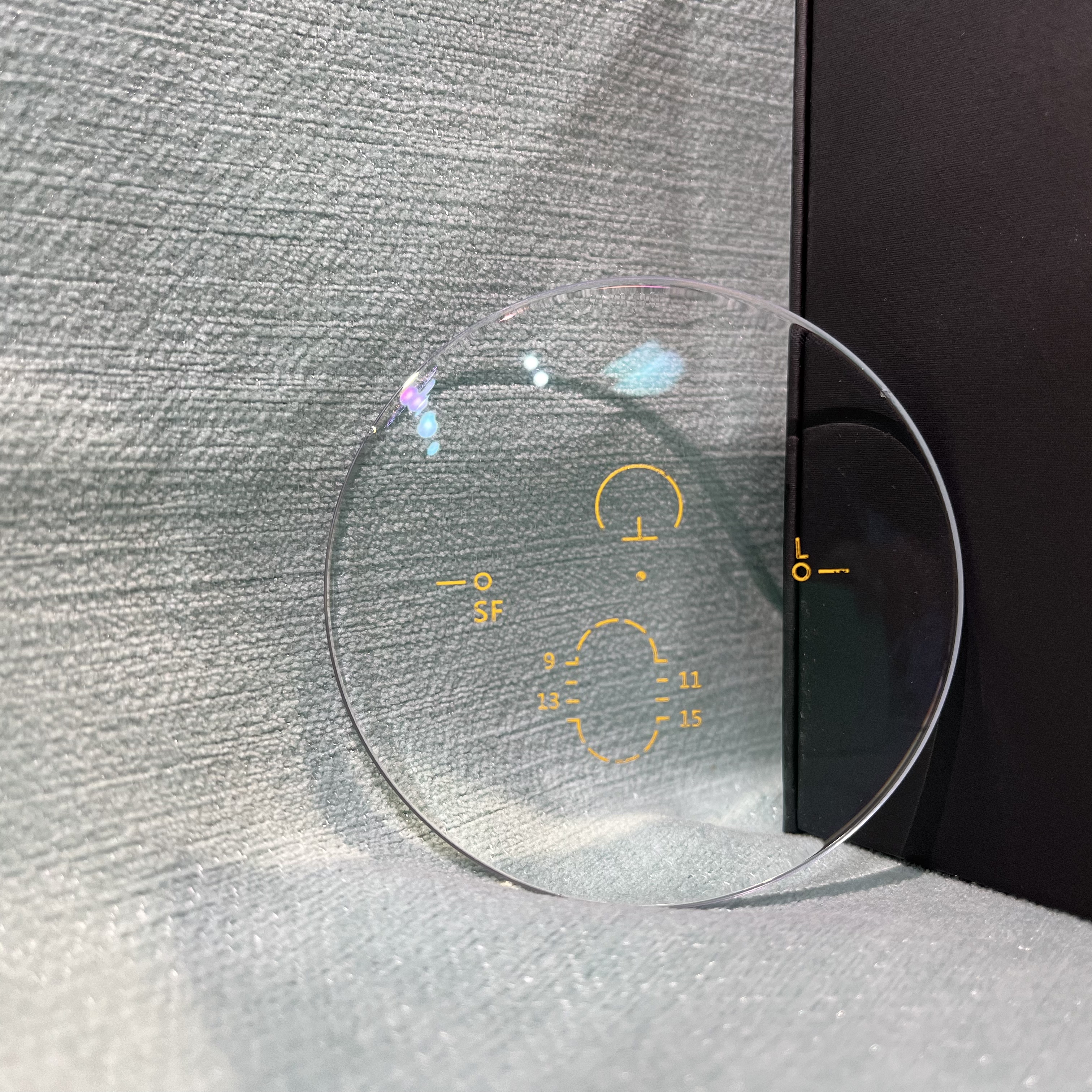
Opto Tech MD Progressive Lenses
Modern progressive lenses are seldom absolutely hard or absolutely, soft but rather strive for a balance between the two in order to achieve a better overall utility. A manufacturer may also choose to employ the features of a softer design in the distance periphery in order to improve dynamic peripheral vision, while employing the features of a harder design in the near periphery in order to ensure a wide field of near vision. This hybrid-like design is another approach that sensibly combines the best features of both philosophies and is realized in OptoTech‘s MD progressive lens design.
-
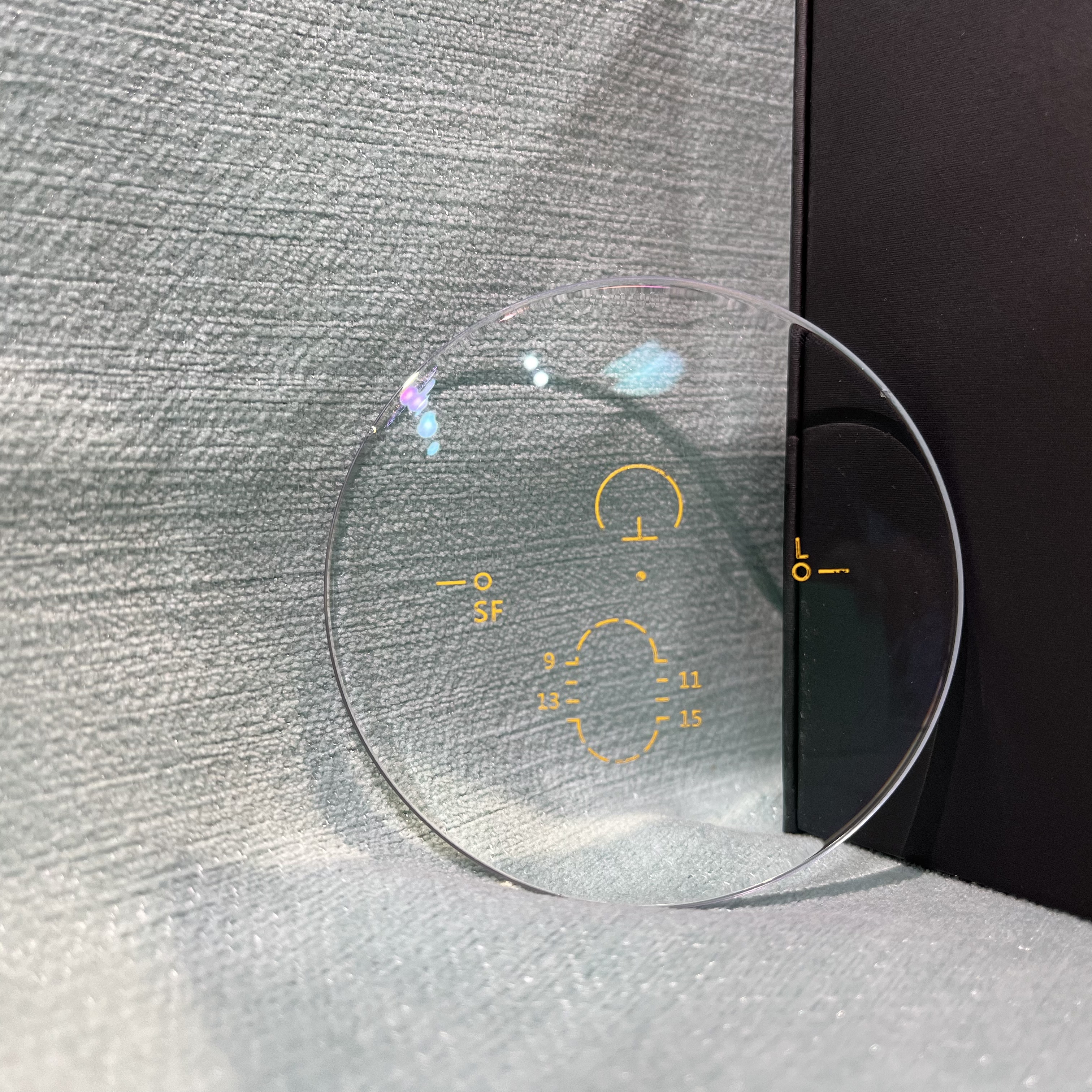
Opto Tech Extended IXL Progressive Lenses
A long day in the offce, later on some sports and checking the internet afterwards–modern life has high requirements on our eyes. Life is fas-ter than ever – a lot of digital information is challenging us and can not be taken away. We have followed up this change and designed a multifocal lens which is custom-made for today´s lifestyle. The new Extended Design offers a wide vision for all areas and a comfortable change between near and far vision for an outstanding all around vision. Your view will be really natural and you‘ll even be able to read small digital information. Independent of the lifestyle, with the Extended-Design you meet highest expectations.
-
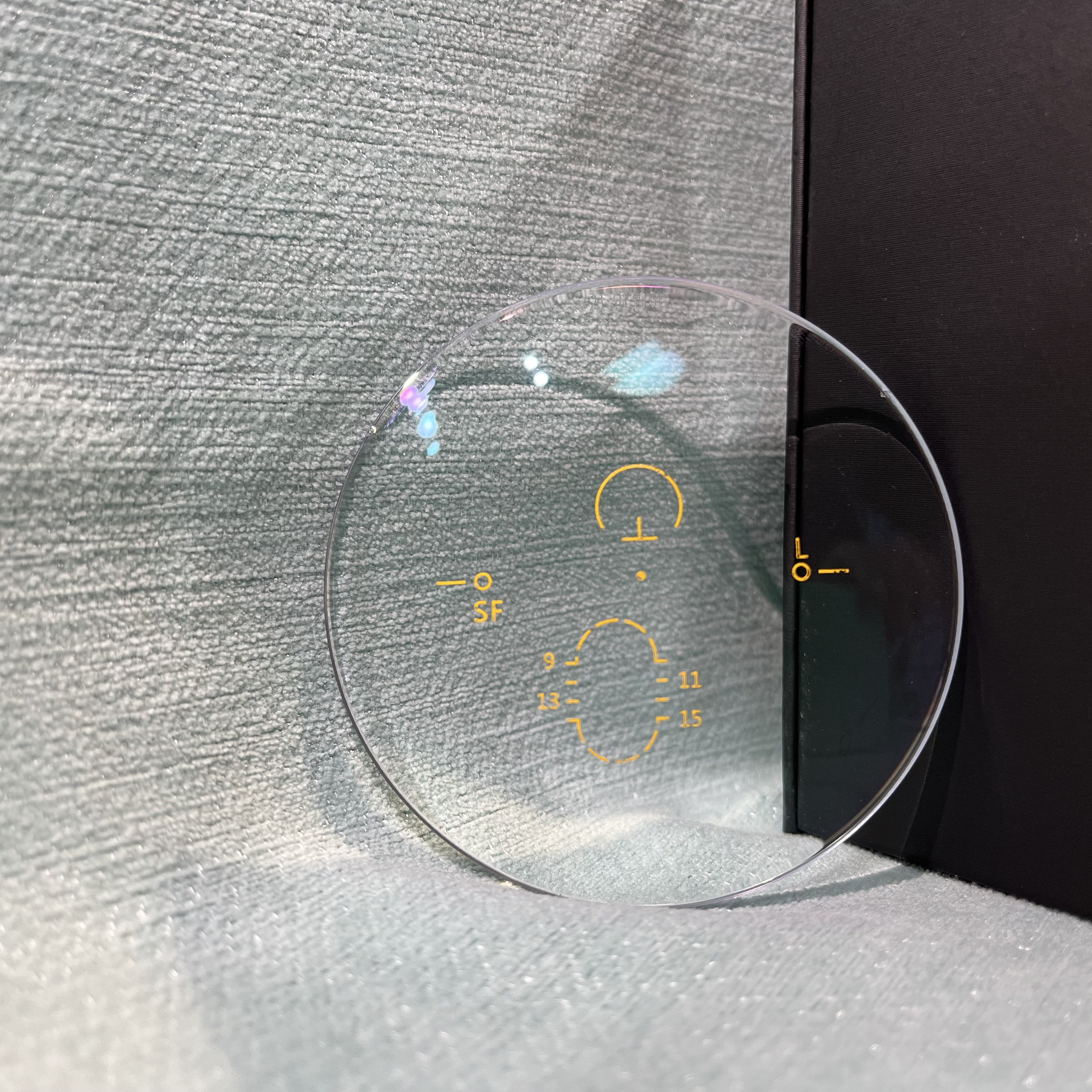
Opto Tech Office 14 Progressive Lenses
In general, an office lens is an optimized reading lens with the ability to have clear vision also in the middle distance. The useable distance can be controlled by the dynamic power of the office lens. The more dynamic power the lens has, the more it can be used also for the distance. Single-vision reading glasses only correct the reading distance of 30-40 cm. On computers, with homework or when you play an instrument, also the intermediate distances are important. Any desired degressive (dynamic) power from 0.5 to 2.75 allows a distance view of 0.80 m up to 4.00 m. We offer several progressive lenses that are designed specifically for computer and office use. These lenses offer enhanced intermediate and near viewing zones, at the expense of distance utility.






